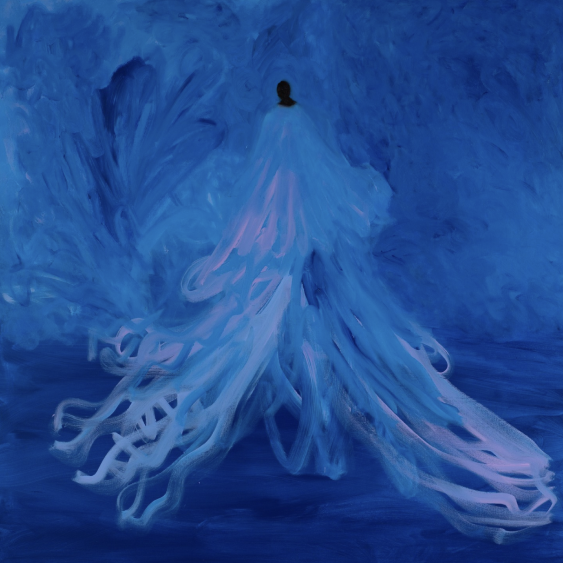Re:View
Staying inside the line
with Gregory Olympio
Share
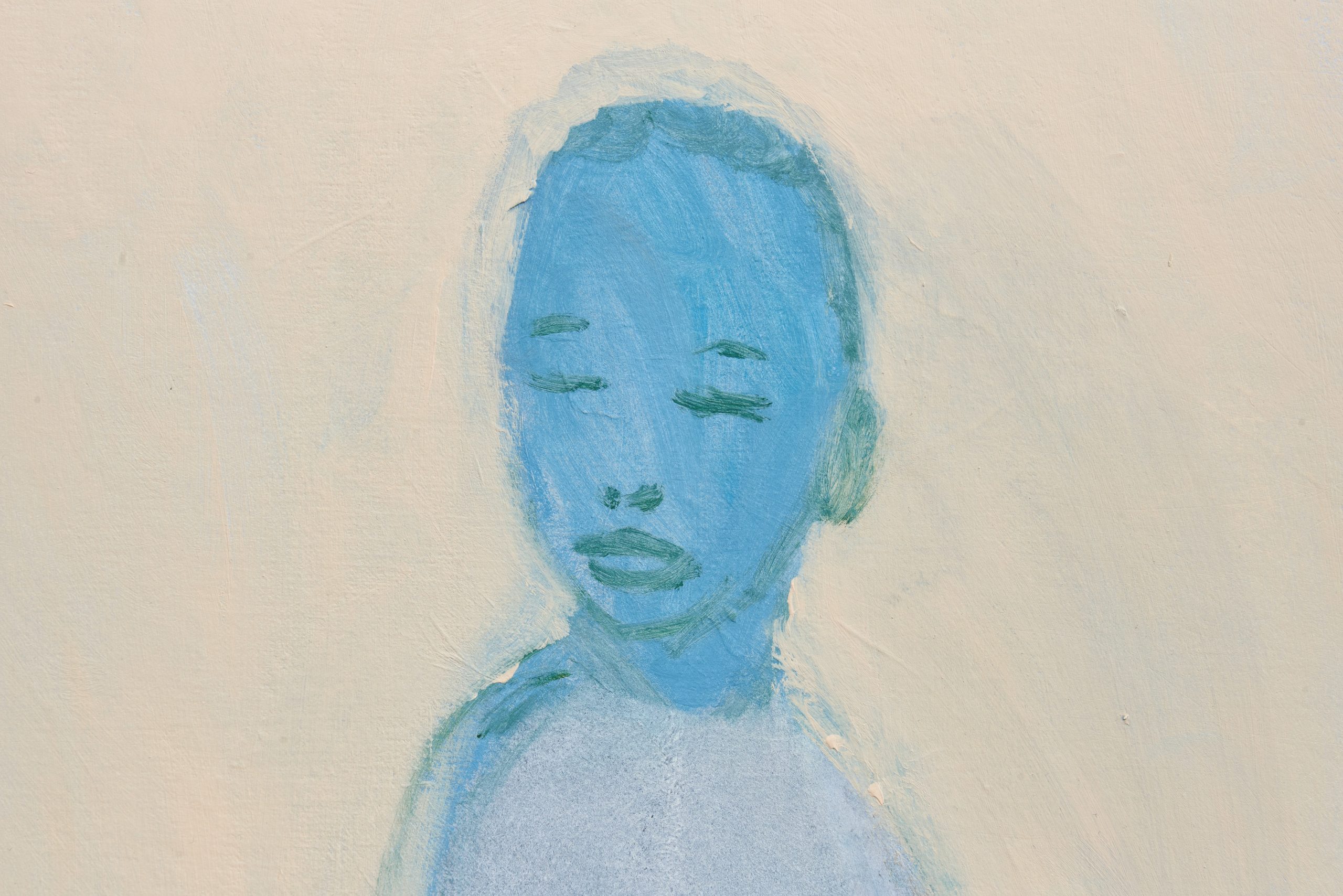
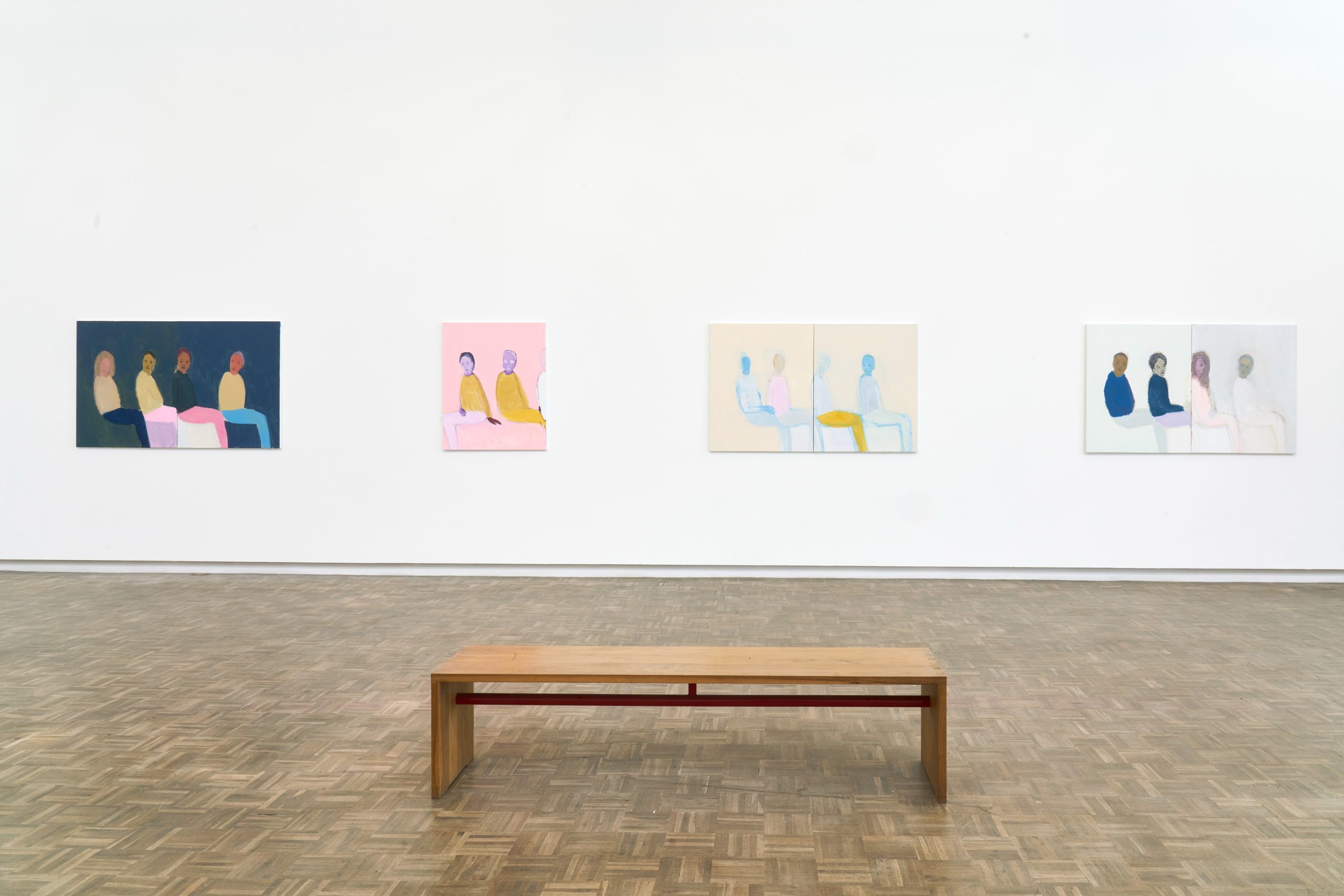
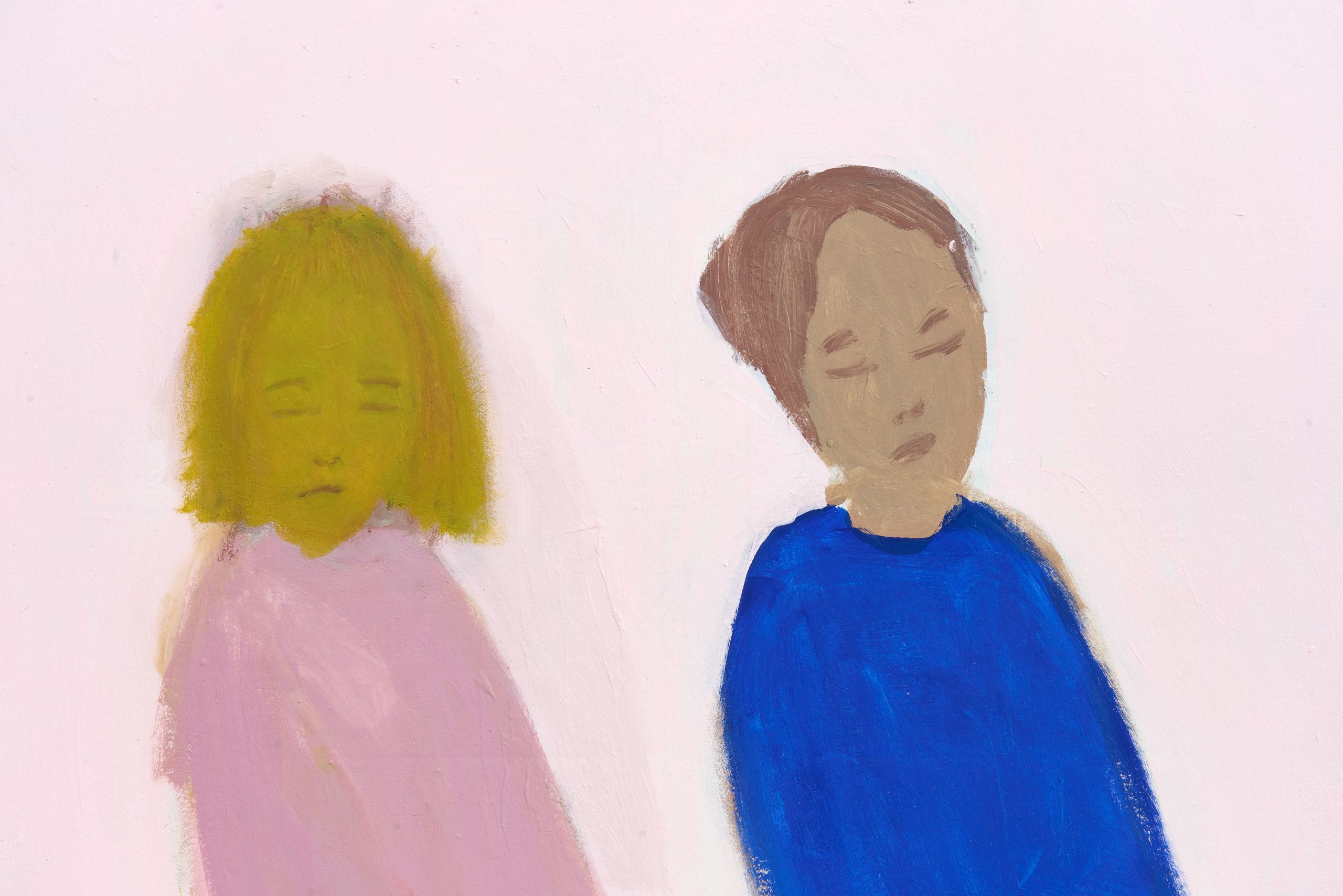
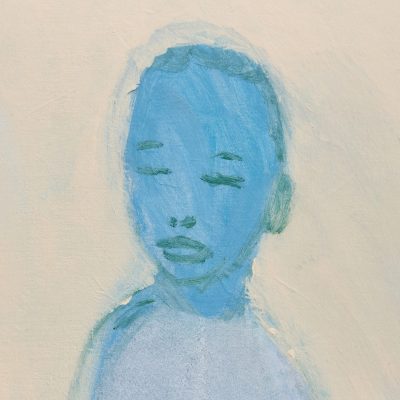
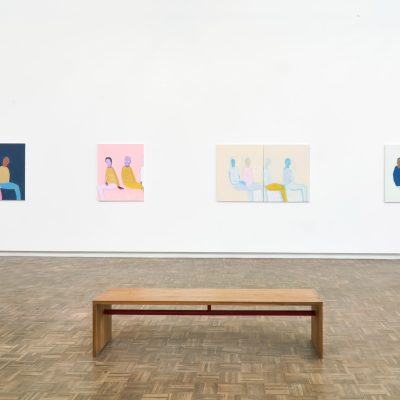
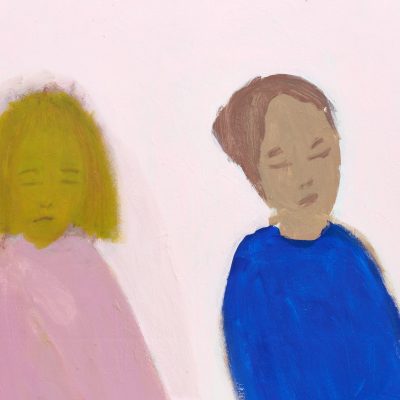
Referring to his medium as “the artistic expression that brings me the most emotions today” Gregory Olympio is a painter with a practice examining borders and intersections as well as their ambiguity and fluidity. Considering his last exhibition at blank, titled Ligne, this week’s Re:View assesses the yield of his technique and material based messaging.
A French term referring to a line, route, or course, Ligne continues Olympio’s interest in boundaries. “My work has always been about the line, the limits,” he admits. A series of diptychs, some living together and others separated, the artist says, whether slight and in between two canvases or the distance of a wall, “the line between the two parts of the paintings is important”.
An artist fixated on his technique, Olympio’s works are not trying to represent anything specific. Instead by using the same compositions repeatedly, Olympio is freed up to focus on and assess his application. “I don’t put my characters in meaningful or obvious situations either. Their position is so repeated that it almost becomes like a pattern. I looked for a simple composition in the continuity of my previous work that allowed me to introduce as little intention as possible.”
Fed by what he refers to as “plastic, theoretical or personal questions”, Olympio’s painting process is research based. Allowing the painting medium to inform his findings, Olympio says “The practice of painting brings up a lot for me because there are many things that I don’t control.”
Continuing the work of studying figures in profile (which began in the body of work before Ligne) Olympio says the composition of seated figures “came almost naturally”. Placing his figures in a neutral stance, Olympio seems to invite each viewer to mold a subjective narrative based on personal sensitivities. “I like that each viewer can see something according to his sensitivity,” adds Olympio.
Exhibited in a South African context, the compositions in Ligne momentarily bring service delivery to mind. Although sitting is considered a rested position, something about the work speaks to an indefinite waiting, to being at home in restlessness, to naturalising anticipation. Much like waiting in a line at Home Affairs there’s a quiet air of endurance to the work. It feels empathetic.
Back to Olympio’s study of lines as barriers. Sometimes invisible, other times so wide that they may go unacknowledged, the lines between Olympio’s diptychs vary, much like the lines between people. Whether commenting on physical distance or socio-economic difference, Ligne achieves the push and pull feeling of longing and then disassociating that unresolved distance can.
Maybe these are all projections. Perhaps to study the audience or to demonstrate their implicit role in exhibition making, the compositions in Ligne, is more a reading of the viewer.
Subscribe
Subscribe
For exclusive news, tickets and invites delivered every week
